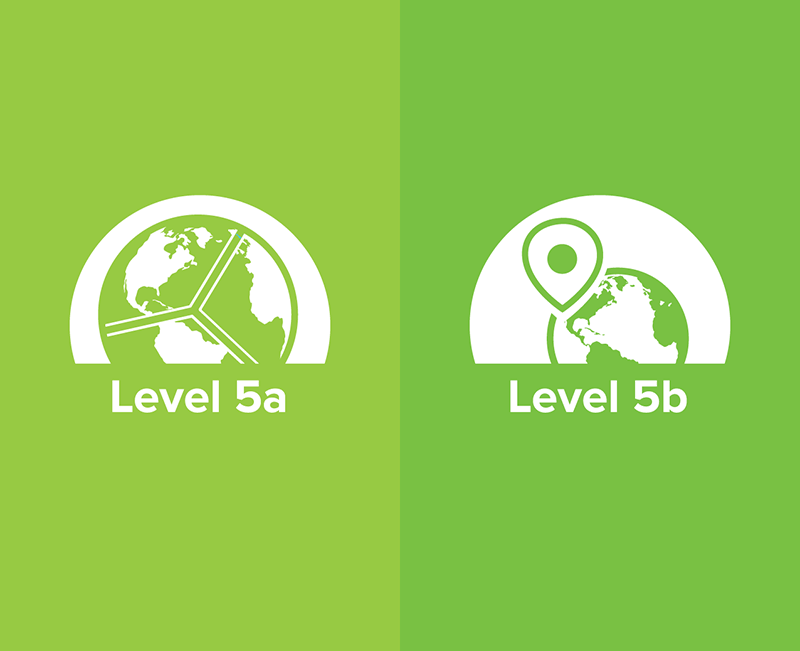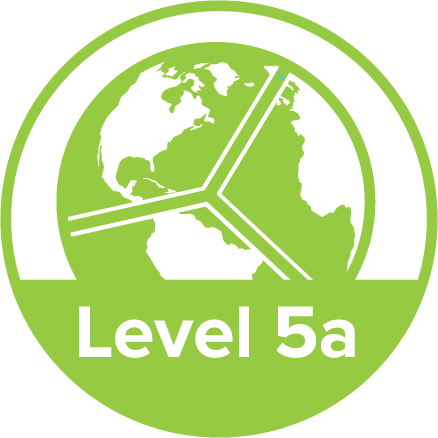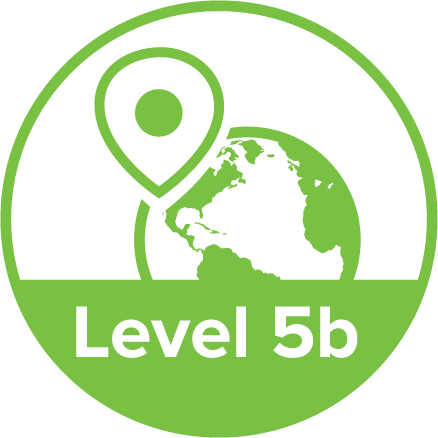Journey 2050 takes students on a virtual simulation that explores world food sustainability and answers the question, "How will we sustainably feed nearly 10 billion people by the year 2050?" The lesson plans and online simulation program allows students to make decisions on a virtual farm and witness their impact on society, the environment, and the economy at a local and global scale. The lessons engage students with the important concepts regarding sustainable agriculture. The online simulation contextualizes these concepts as students experience the lives of real farm families from across the world. As students interact with each family, they learn the role of best management practices in feeding the world, reducing environmental impacts and improving social performance through greater access to education, medical care and community infrastructure. These lessons can be taught individually or as an entire unit. See the links below for the remaining lessons: 
Land is one of our most vital resources. We build our civilizations on it. It is habitat for thousands of species and a critical part of our ecosystem. We need land for agriculture, but how much land is actually available for us to sustainably grow the food, clothing and shelter we need?
The vast majority of Earth’s surface (over 70 percent) is water. This means that only 30 percent of Earth’s surface is land. Only a small portion of that land, 10 percent,1 is ideal for growing crops. However, with technology, innovation and best management practices, farmers can grow food on nearly 40 percent of the land.2 For example, on land that is not ideal because it is too wet for many crops, we can grow crops like rice that thrive in wet soil. On land that is too rocky to grow crops we can raise livestock that can adjust to the landscape. If we’re going to feed the world, we need to consider different ways to use Earth’s land to grow more food. For example, do we convert more land to farmland for agriculture, or do we use the land we currently have and focus on increasing crop yields?
We have the ability to influence how much land is used for things like agriculture, urban development, industry development, oil and gas, mining and forestry. The choices we make with the land can bring both social and economic benefits, ensuring sustainable development.
Achieving a sustainable balance requires a great deal of thought. For example, if you want to increase your agricultural land, what are you willing to give up? Natural habitats? Industries? Homes? Recreation? You could convert natural habitats to farmland, but there will be consequences. For example, the Amazon rainforest is home to thousands of unique living things, and it plays an important role in helping regulate the Earth’s atmosphere and ecosystem; these factors must be considered before converting the land to a different use. Before you decide what you’re going to change, it is important to consider how one choice about land use will impact another.
To feed the world sustainably, we will need to increase how much food we can produce on a given area of land. It is estimated that one hectare of productive agricultural land, roughly the size of two soccer fields, is lost every eight seconds.3 Growing more food on the land that is available to us is only possible through the use of best management practices.
Farmers can use best management practices to help ensure they grow foods sustainably. Precise application of crop nutrients, making sure crops are watered at the best time of day, planting shelter belts or hedge trees, and replenishing soil nutrients used by plants during growth are all examples of practices that can help grow more food on less land. Sometimes best management practices are costly, but they can have a positive impact on the environment, crop yields, economic growth and society.
The implementation of best practices on farmland and in urban areas will help us move toward our goal of becoming a more sustainable civilization. For example, expanding cities upward, rather than outward, allows for more homes on less land.
Land is the source of life, but it is limited. It cannot be replaced or constructed. We need to grow more food on existing land using best management practices so that we can sustainably maximize our land resources and address other issues related to land use choices.

 Slide 12: Open Level 5a of the Sustainability Farming Game on each student’s computer or device. Explain the following, “In this level, you will make predictions for the percentage of land used by nature, urban and agriculture in the 1900s compared to the year 2000”. Next, explore best management practices that each stakeholder should employ in our journey and come up with your own ideas that could be implemented to make better land-use choices.
Slide 12: Open Level 5a of the Sustainability Farming Game on each student’s computer or device. Explain the following, “In this level, you will make predictions for the percentage of land used by nature, urban and agriculture in the 1900s compared to the year 2000”. Next, explore best management practices that each stakeholder should employ in our journey and come up with your own ideas that could be implemented to make better land-use choices. Using slide 19 of the
Using slide 19 of the